Providing healthy, safe and inclusive environments is an essential factor in providing quality early childhood education and care. These three terms are related to each other, but have significant differences in meaning too, however all three are vital for early childhood practice.
Te Whāriki Mana Atua|Wellbeing strand states that ECE services must provide an environment for tamariki in which
- Their health is promoted, and
- Their emotional wellbeing is nurtured, and
- The are kept safe from harm.
Activity
Read this section of te Whāriki dealing with ECE environments that are suitable for infants, toddlers and young children. Make notes about the different requirements for each age group and how they can provide a healthy, safe and inclusive environment for tamariki.
A healthy early childhood education environment is one which promotes the physical, emotional and mental health of tamariki, kaiako and staff, and offers clean and hygienic premises. Healthy environments promote positive mental health, emotional support and guidance and opportunities for play, exploration and creativity.
Physical Activity
Research shows that under-fives thrive when they are physically active and tend to have healthier weights and better movement and competence skills than those who are not active. Children in this age group need plenty of opportunities to be active in their play (Ministry of Health, 2017).
Being physically active is important at all ages, and particularly so for young children. Children naturally love moving and movement and provision of opportunities for physical activity is a responsibility early education providers should take seriously. Physical activity benefits children in many different ways, not only in their physical development but also helps develop gross and fine motor skills, spatial awareness, co-operation with others and can release tension. (Ministry of Education, n.d.)
Movement through play promotes physical, cognitive and social/emotional development in children. It allows them to gain the skills they need to be confident and active physically as they grow. (The Importance of Play | Sport New Zealand - Ihi Aotearoa, n.d.)
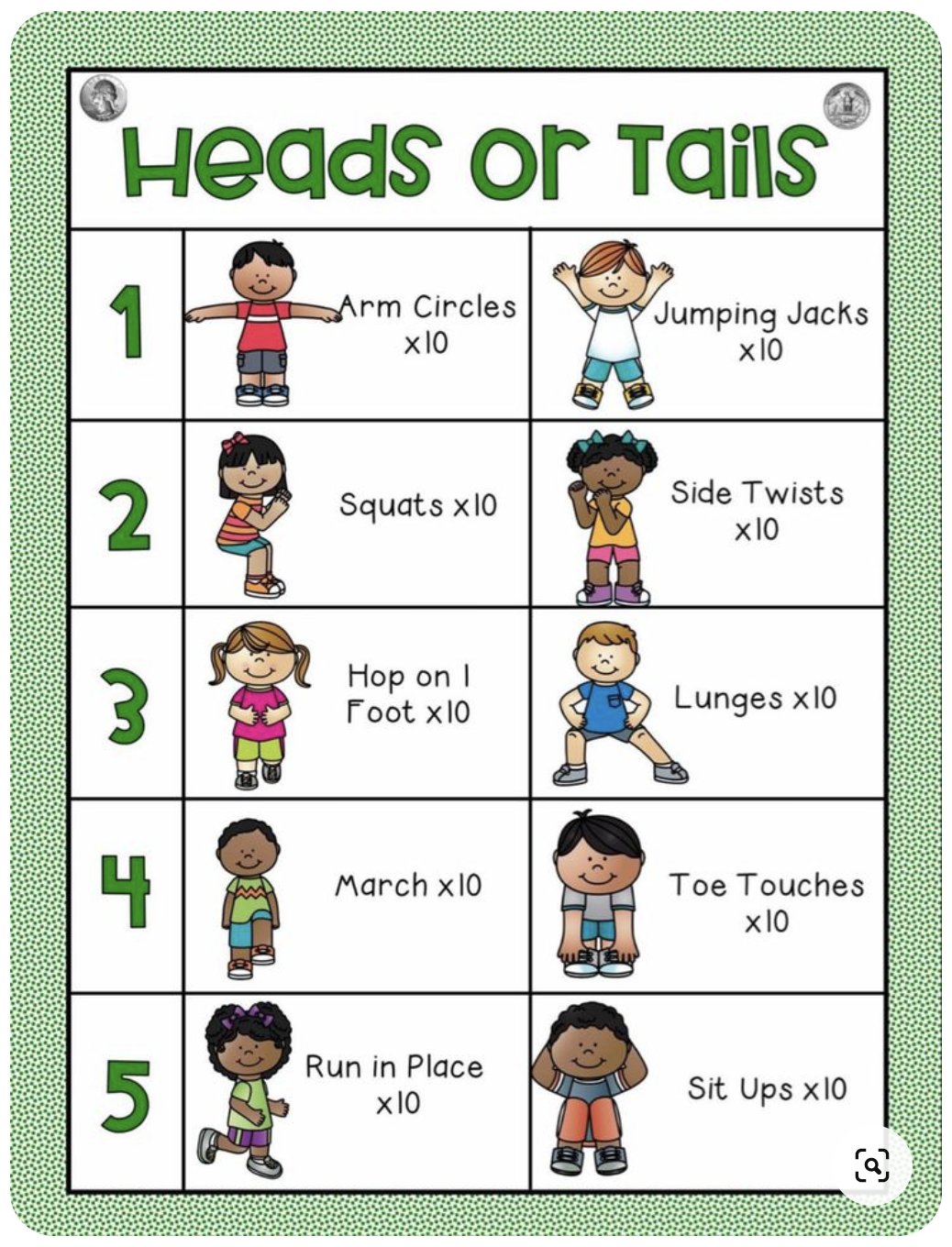
Reading
Building Endurance: Let’s Get Physical
Practical suggestions for different physical activities which can be incorporated into daily ECE activities
Pre Read Question: Read Employment NZ’s guide to workplace policies and procedures
URL: https://childhooddevelopment.wordpress.com/2012/05/24/building-endurance-lets-get-physical/
![[ADD IMAGE'S ALT TEXT]](/sites/default/files/Me%2BMi%20Publishing.jpg)
Gross Motor Skills
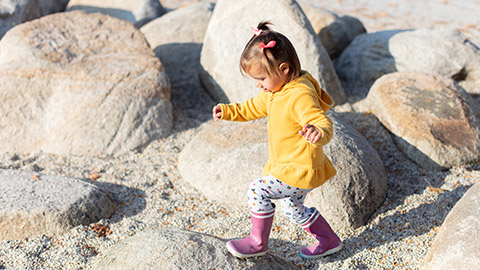
Gross motor skills are the physical skills required for a child to move their whole body, and use the large, core-stabilising muscles to perform everyday functions like standing, walking, running and sitting up. Activities requiring hand-eye co-ordination like kicking, throwing or catching a ball also need well-developed gross motor skills (Kid Sense Web, 2016). The development of gross motor skills is important for young children for them to become more physically active and more confident in their physical abilities. It also helps them to develop co-ordination, better balance and better spatial awareness: essential abilities which will be used throughout their lives.
Gross Motor Development Chart
| Age | Developmental Milestones | Possible Implications |
|---|---|---|
| 0-6 months |
|
|
| 6-12 months |
|
|
| 18 months |
|
|
| 2 years |
|
|
| 3 years |
|
|
| 4 years |
|
|
| 5 years |
|
|
(information from Kid Sense)
Fine Motor Skills
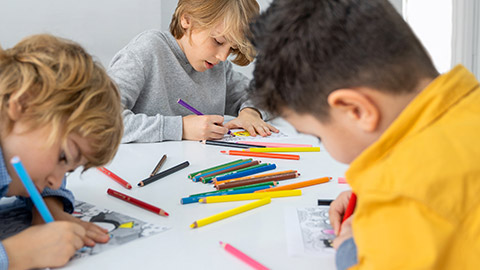
Fine motor skills are the skills which use hands and fingers, like writing, cutting and tying shoe laces. These skills require the development of age-appropriate physical skills which provide a stable base for the arms and hands to move (core trunk control, shoulder strength). These skills involve co-ordination between eyes and small muscles, such as hands, wrists and fingers which control functions like writing, grasping small objects and fastening clothing. They require strength, fine motor control and dexterity (Logsdon, 2022).
| Age | Developmental Milestones | Possible Implications |
|---|---|---|
| 0-6 months |
|
|
| 6-12 months |
|
|
| 1-2 years |
|
|
| 2-3 years |
|
|
| 3-4 years |
|
|
| 4-5 years |
|
|
| 5-6 years |
|
|
(information from Kid Sense)
Reading
Ngā tākaro korikori tinana | Physically active play
Resource from the Ministry of Education describing the importance of physically active play, and how to implement and support it.
Expected Duration: 20 minutes
Questions
Pre Read Question: How can you as a kaiako support the physical skill development of tamariki?
Post Read Task: How does physically active play relate to te Whare Tapa Whā and the requirements of te Whāriki?
Watch
The benefits of active play for children – Sue Robb OBE
As adults we play organised sport, run or go to the gym, but physical activity for our young children means a focus on movement and active play. But why is this important?
Expected Duration: 3:28 minutes
Watch
Encouraging Physical Activity in Preschoolers
Physical exercise is critical for preschoolers' cognitive and physical development. This video describes the importance of physical activity for children's developments and describes teachers’ efforts to physically engage preschoolers and involve parents in encouraging physical activity at home.
Expected Duration: 8:27 minutes
Activity
Think of some ideas for specific physical activities suitable for each of infants, toddlers and young children in an ECE setting. Post one activity for each age group to the discussion forum, with an explanation of:
- What age group is the activity aimed at?
- What is the goal of the activity?
- What materials and space are required?
- What safety precautions should be taken?
- Can the activity be modified for children with different physical abilities?
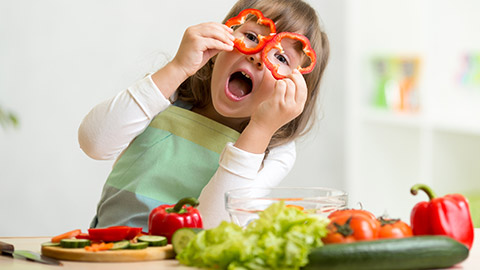
Good nutrition is an essential part of healthy physical and mental development. Children in early childhood care may eat a large percentage of their weekly food intake whilst in the service. The need for a nutritious diet is evident and benefits the child and caregivers alike. For example, children’s learning improves, and their attention, concentration and behaviour improves too.
(Ministry of Health, 2020)
![[ADD IMAGE'S ALT TEXT]](/sites/default/files/Kids%20Healthy%20Eating%20Plate.jpg)
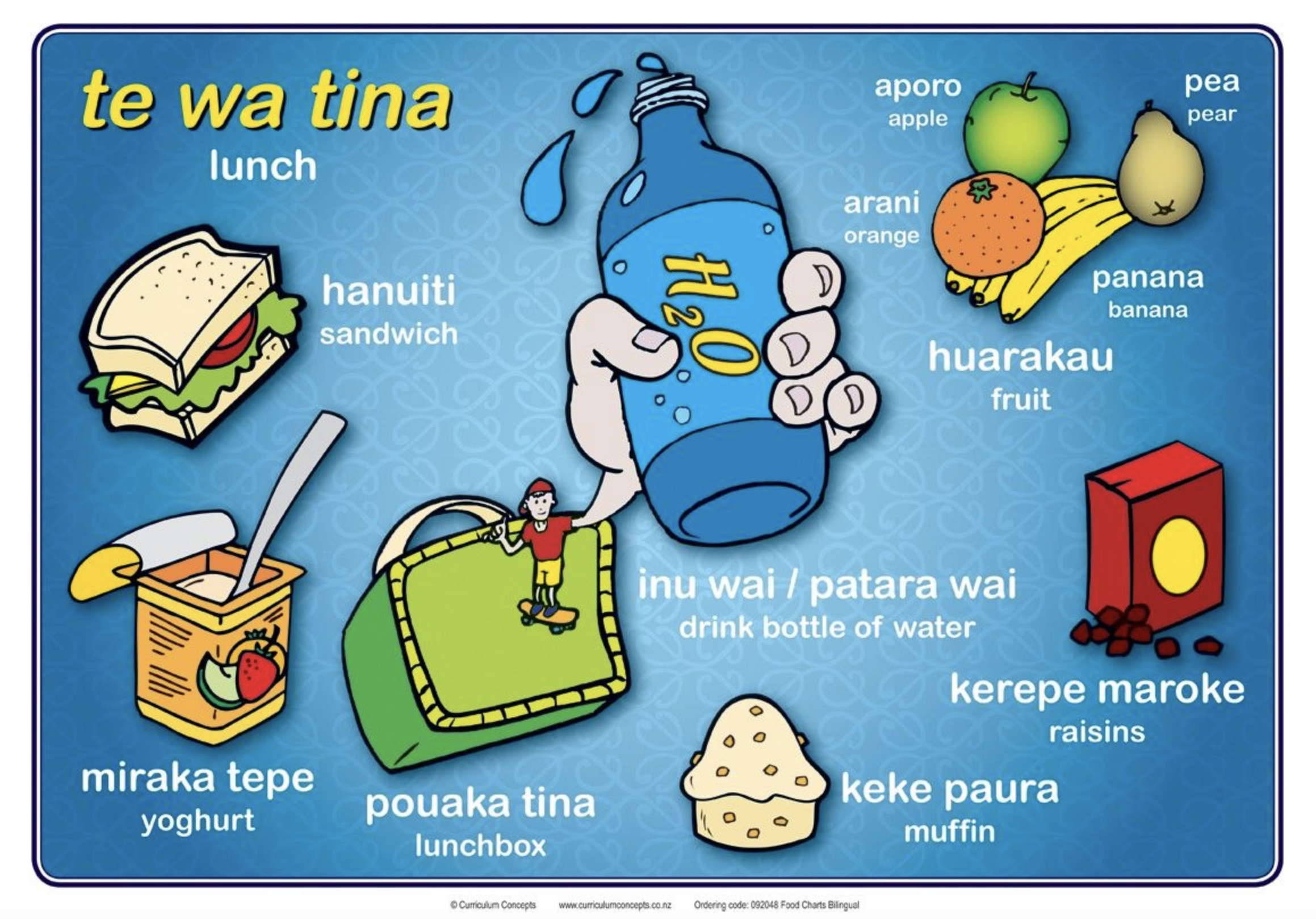
Watch
How to promote healthy eating in your early childhood service
Simple ways that early childcare and education services can promote healthy eating.
Expected Duration: 2:57 minutes
Questions
Pre Watch Question: How does healthy eating help tamariki during their time at an ECE service?
Post Watch Task: Suggest ways you could incorporate healthy eating at your ECE service
Activity
- Download and read the Ministry of Health document “Healthy Food and Drink Guidance | Early Learning Services”. Make notes on key points related to:
- Food-related choking (You can find more information here).
- Food policy development
- Food and drink traffic light system (green, amber, red) . List foods under each category and their appropriateness for children of different ages.
- Read this article from stuff.co.nz describing how one ECE centre is helping parents to make healthier food choices and save money at the same time.
- Design an outline for a nutritious diet for one week at an ECE service for one particular age group. Aim to create a varied menu which follows the guidance from the Ministry of Health:
- Provide one main meal, morning and afternoon snacks and drinks for five days.
- Consider factors such as
- Including all food groups
- Portion size appropriate for the age of the children
- Allergen or other dietary restrictions.
- Make your meal plan into a document to present and make it as visually appealing and easy to follow as possible and save as a PDF to share on the discussion forum.
Early childhood is a period of rapid physical and cognitive development and a time during which a child’s habits are formed. The child’s daily activity over a 24 hour period should be considered for the pattern of sleep and rest time, light physical activity, moderate physical activity and vigorous physical activity. Young children need opportunities to participate in appropriate physical activities, and this requires regular sleep and wake-up times to ensure good quality sleep. For the greatest health benefits, tamariki should meet recommendations for physical activity, sedentary behaviour and sleep in each 24-hour period (World Health Organisation, 2019).
Sleep develops at a rapid pace in the first few years of life, and patterns of sleep change as the child develops. Babies don’t have a set circadian rhythm at birth, so they may need multiple short periods of sleep throughout the day and the night. Circadian rhythms start to develop from around 10 weeks, signaling a change in sleep patterns. The amount of sleep needed starts to decrease from 16-17 hours per day for a newborn to around 13-14 hours per day at six months of age (Tham et al., 2017).
Sleep Time Recommendations
| Age category | Sleep Duration per 24 hours | ||
| Recommended | May be appropriate | Not recommended | |
| Infants (4-12 months) | 12-15 hours | 10-11 hours 16-18 hours |
Less than 10 hours More than 18 hours |
| Toddlers (1-2 years) | 11-14 hours | 9-10 hours 15-16 hours |
Less than 9 hours More than 16 hours |
| Young Children (3-5 years) | 10-13 hours | 8-9 hours 14 hours |
Less than 8 hours More than 14 hours |
(from Sleep and Early Brain Development, Annals of Nutrition and Metabolism) (Jiang, 2019)
Evolving sleep and nap needs
Healthy adults need at least seven hours of sleep per night, but infants, toddlers and young children need much more than this. This chart is a general guideline, and all babies have slightly different needs. Factors such as illness, growth spurts and changes in routine may affect the recommended times shown.
| Age range | Recommended hours of sleep per 24 hours |
|---|---|
| 4-12 months | 12-16 hours (including naps) |
| 1-2 years | 11-14 hours (including naps) |
| 3-5 years | 10-13 hours (including naps) |
(Suni & Suni, 2024)
Some good sleep tips for under-5s from the NHS in the UK include:
- Have a calming, predictable bedtime routine
- Use a nightlight or leave a landing light on if the child is afraid of the dark
- Don’t let the child use a screen-based device in the hour before going to bed
- Don’t excite a child who wakes during sleep time – be as boring as possible and leave lights off!
- Avoid long afternoon naps (Tham et al., 2017).
Activity
Download and read the World Health Organisation’s summary document “Guidelines on Physical Activity, Sedentary Behaviour and Sleep” and make notes on the recommendations for each age group (infants, toddlers and young children).
Sit Less, Move More, Sleep Well: Active play guidelines for under-fives resources
![[ADD IMAGE'S ALT TEXT]](/sites/default/files/Ministry%20of%20Health_1.png)
![[ADD IMAGE'S ALT TEXT]](/sites/default/files/Ministry%20of%20Health%202_0.png)
Look at this set of resources developed by The Ministry of Health for kaiako in kōhanga reo and their parents and families|whānau (they are also relevant for other types of ECE service too). You can download and print the posters in English or in te reo Māori, and there are links to videos, oriori|lullabies, waiata and karakia around a healthy balance of activity and sleep for different age groups.
Effect of Sleep on Development
Growth and development
Sleep is key to a growing brain’s early development and plays a vital part of the child’s cognitive and social/emotional development. Growth hormone is produced during sleep, and proper sleep can help a child to reach their full physical potential.
Immune system
Sleep helps a child to replenish energy to boost the immune system to fight illness and infections. Fever is an indication that the body is fighting off infection, and sleep helps the child’s response to fever. Sleep deprivation affects the fever reaction and means young children’s bodies are less effective in fighting infection than those of children who are well rested (Three Health Risks When Kids Don’t Get Enough Quality Sleep, 2024)
Cognitive Functions
Adequate sleep help improve cognitive function and children who get plenty of sleep show more alertness, improved learning performance, better memory and vocabulary skills (Mark & Little Cedars Day Nursery, 2020).
An article published by the National Centre for Biotechnology Information (Basile et al., 2021) in 2020 states that “sleep seems to be essential in the cognitive functions’ development, especially in the first period of life” and that adequate sleep between the ages of one year to 18 months is “associated with higher executive functions’ performance”, memory retention, organisation, and learning.
Naps during the day help in physical and mental development and keeps young children from becoming overtired, which could affect their behaviour and mood. Not getting their naps can cause problems for young children, with emotional disruption, weight gain and changes in growth possible (A Child’s Need for Sleep, n.d.).
Healthy Sleeping Environments
![[ADD IMAGE'S ALT TEXT]](/sites/default/files/Forest%20Friends%20Day%20Nursery.png)
Te Whāriki strand Mana Atua|Wellbeing emphasises the importance of rest and sleep for tamariki. It requires that ECE services provide “comfortable, quiet spaces and opportunities for rest and sleep” (te Whāriki, p.29).
Sleep in ECE services is regulated by the Ministry of Education in a set of regulations over Premises and facilities (PF29) and Health and safety (HS9, HS10, HS11). You can read the details of these regulations here. Some of the key points include:
- Sleeping environments should be comfortable and age-appropriate. ECE services should provide clean, well-maintained and properly-sized cribs, cots or mats.
- Each child should have enough space to be comfortable in their sleeping area.
- Lighting should be subdued.
- Noise levels should be kept low with disruptions minimised. Soft background music or white noise could help to mask ambient noise and create a calming atmosphere.
- Temperature should be comfortable (20ºC-22ºC), and the area should be well-ventilated.
- Consistent routines to help children feel secure and relaxed.
- Comfort items such as a favourite soft toy can help children feel secure and comforted during sleep.
- Sleeping areas and all equipment must be kept clean, disinfected and well-maintained to remain healthy and hygienic.
- No food or drink whilst in sleeping area
- Children should be checked at least every 5-10 minutes for warmth, breathing and general well-being.
- Check for hazards such as loose bedding or unsecured cribs.
Activity
- What are your experiences working in an ECE service of children’s rest and sleep? Can you describe challenges and successes related to rest and sleep? Did you notice any correlation between rest and sleep and behaviour/learning?
- Suggest some practical strategies for each age group which could be used in an ECE service to support healthy rest and sleep. Start with the regulatory guidelines to develop your strategies then add detail about procedures, equipment needed, environments and staffing to create a plan.
- Post your comments to the discussion forum, then ready and reply to your classmates’ posts.

Establishing a safe environment within an ECE service is foundational for the overall wellbeing and development of young children. Safety encompasses both physical and emotional aspects, ensuring that children are protected from harm while also feeling secure and supported in their environment. Physical safety involves measures such as maintaining a hazard-free space, regularly inspecting equipment, and implementing emergency protocols. Equally important is emotional safety, which entails fostering a culture of respect, inclusion, and support to nurture children's social and emotional growth
Physically Safe Environments
A physically safe environment or activity is one which eliminates hazards and provides a secure space for young children to thrive. There are several areas which need to be considered when planning safe spaces in early childhood premises.
Types of physical hazard
- Slip, trip and fall hazards
- Unsafe play equipment
- Unsafe furniture
- Chemical hazards
- Electrical hazards
- Food hazards
- Outdoor hazards
Activity
- Review the learning of Health and Safety requirements and the MoE Licencing Criteria for Early Childhood Education and Care Services from Course 1.
- Watch the YouTube video “Nursery safety is no accident” and try to spot the hazards shown before the caption comes up.
Watch
Nursery safety is no accident
A nursery safety training video for Complete Childcare nurseries.
Expected Duration: 6:42 minutes
Questions
Pre Watch Question: Get ready to spot the hazards!
Post Watch Task: Did you get them all? Re-watch the video if you need to check any of the hazards again.
- For each of the seven types of hazard listed above, give two examples of how each of them could occur in an ECE setting. Explain why they are a potential hazard to young children and post your examples to the discussion forum
Management of Physical Hazards
- Conduct risk assessment of the premises to identify the potential hazards present. This needs to be repeated at regular intervals to identify new and existing hazards.
- Staff training to ensure all staff can identify and act upon hazards and staff trained to respond appropriately to accidents and emergencies. First aid training is vital and HS25 of the Licensing Criteria states that there must be at least one first aid-qualified or medically-trained person present for every 25 children at all times they are attending the service.
- Space designed with safety in mind to minimise risk of accidents and injury. This means ensuring all equipment and furniture is safe and play areas are free from hazards.
- Policies and procedures must be established and monitored to ensure staff and visitors are aware of them. Policies and procedures need to be reviewed and updated regularly.
- Communication with parents and caregivers to keep them informed of potential hazards and their management.
- Correct supervision of children with at least the minimum staff to child ratio adhered to.
Emotional Safety
An experience in which one feels safe to express emotions, security and confidence to take risks and feel challenged and excited to try something new.National Centre on Safe Supporting Learning Environments
Children in early childhood education need to feel emotionally safe as well as being physically safe. This means that they feel supported, valued and respected in their education and care. Creating a nurturing and positive environment promotes children’s learning, growth and development. Social and emotional learning (SEL) is an important part of education and helps children to acquire the skills needed to manage their own emotions, learn how to be empathetic towards others, make good decisions and create positive relationships (Emotional Safety, n.d.). Kaiako can create an environment which is emotionally safe for young children in several ways:
- Predictable
Create an environment and routine which is predictable, stable and consistent. This will help children to feel more secure and have a sense of routine and structure. - Positive relationships
Develop positive relationships with the children with mutual respect and trust given and expected. - Responsive to children’s needs
Be attuned and responsive to needs of children, providing emotional support and guidance, as necessary.
SEL Activities for Early Childhood Education
Look at this article from edutopia.org for examples of activities which promote SEL (taken from a more detailed document “3 Signature Practices Playbook” which you can download here)
Activity
Using your research into SEL and related activities, choose one scenario from the ten described below and suggest some appropriate strategies and activities which could provide emotional support to the child in question. Post your best ideas to the discussion forum (don’t forget to include the scenario number so everyone knows which one you are referring to!)
- A child who is experiencing separation anxiety when their parent drops them off at the ECE premises
- A child who is feeling frustrated or upset because they are having trouble completing a task or activity.
- A child who is feeling sad or upset because they miss their parent or caregiver.
- A child who is feeling scared or overwhelmed by a loud or chaotic environment in the ECE premises.
- A child who is feeling anxious or nervous about making friends or socialising with other children.
- A child who is feeling embarrassed or ashamed because they made a mistake or were corrected by a teacher or caregiver.
- A child who is feeling left out or excluded from a group activity or playtime.
- A child who is feeling anxious or uncomfortable about using the bathroom or changing clothes in a group setting.
- A child who is feeling unwell or experiencing physical discomfort and needs reassurance and comfort.
- A child who is feeling sad or upset because they experienced a personal loss, such as the death of a pet or family member.
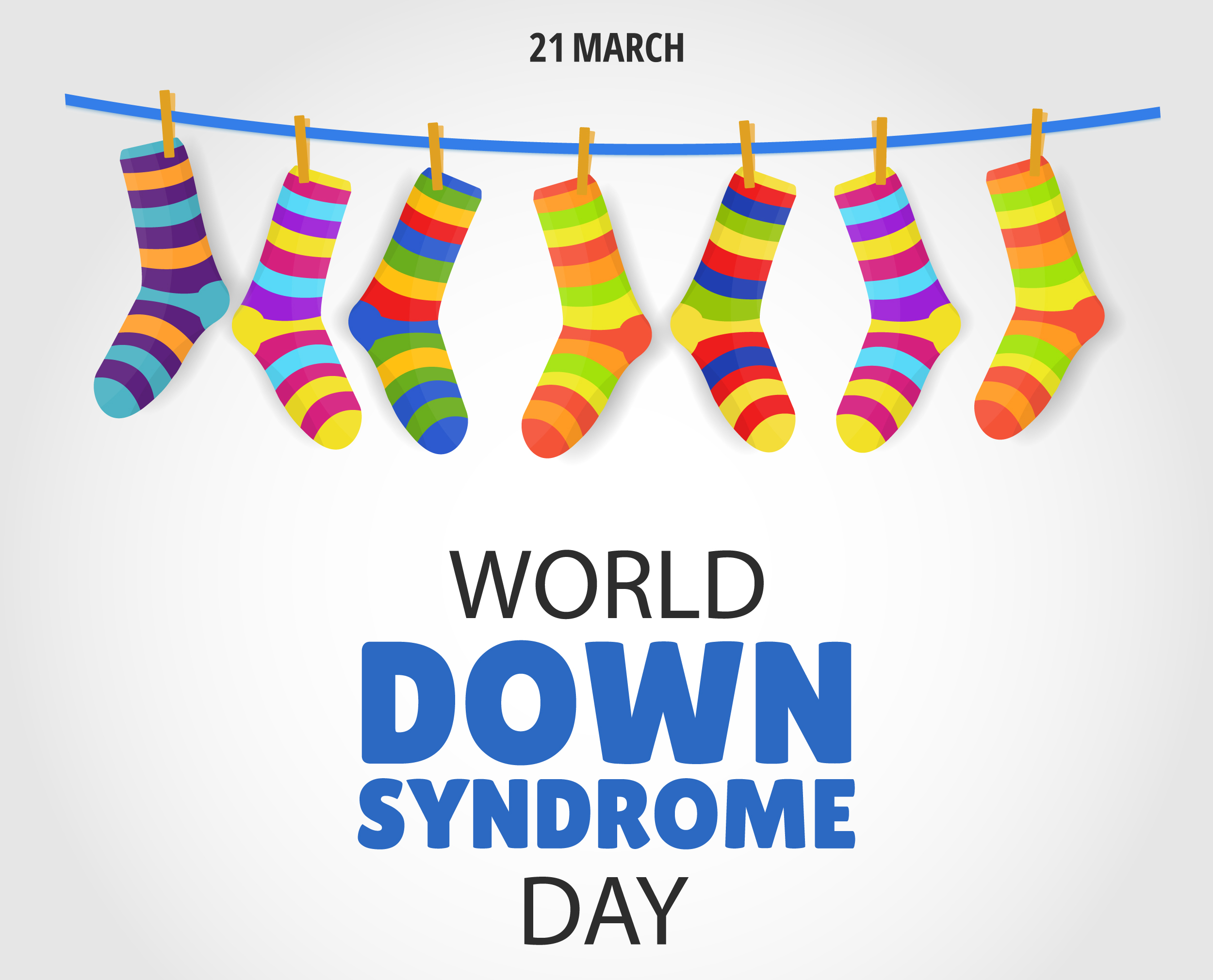
An inclusive curriculum is strengths-based and respects and connects with Māori values and the principles of te Whāriki.Te Whāriki
Inclusive education means that all children are engaged and achieve by being present, participating, learning and belonging. All learners are welcomed by their ECE service or school and are supported to play, learn, contribute and participate in all aspects of life at that place (Inclusive Education, 2024). The Ministry of Education states that children learn best when
- they feel accepted, and
- they enjoy positive relationships with fellow learners and teachers, and
- they are able to be active, visible members of the learning community
Regulations
The Education and Training Act 2020 is the legal foundation for inclusive education in Aotearoa|New Zealand and states that “people who have special education needs (whether because of disability or otherwise) have the same rights to enrol and receive education at state schools as people who do not”. In addition, New Zealand, under the New Zealand Disability Strategy and the United Nations Convention on the Rights of Persons with Disabilities, schools are obliged to provide quality education for all learners.
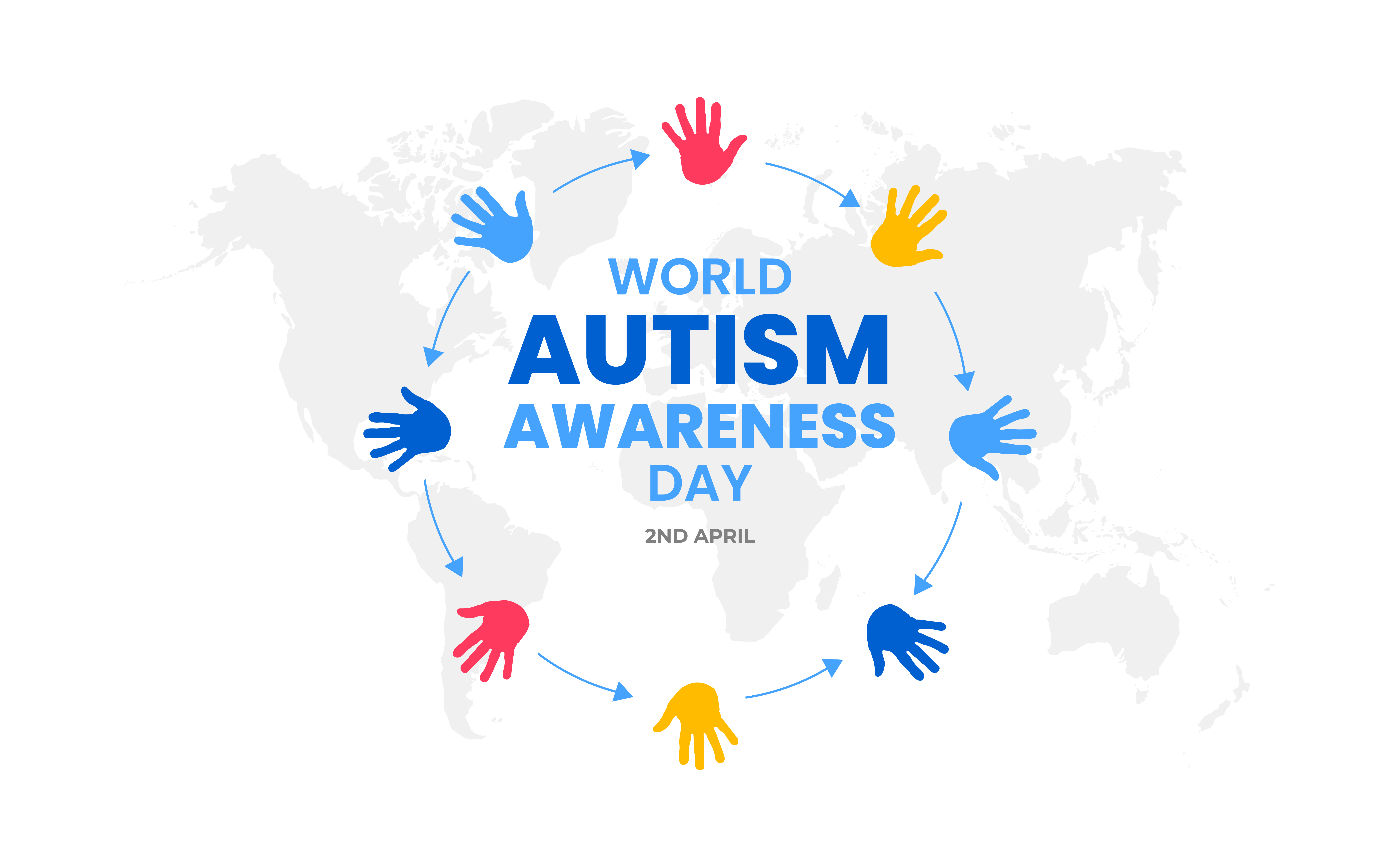
For ECE services, this legal framework is augmented by te Whāriki, which states that an inclusive early childhood education and care setting is one which “invites, acknowledges and celebrates the diversity that each child and their whānau bring” and that inclusivity applies equally to those with “disabilities, health needs, diverse family types, refugee, migrant and minority families”.
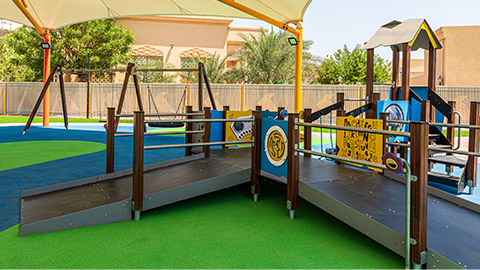
We have seen how important play is to the physical and cognitive development of young children: outside play is a vital part of this experience. The United Nations High Commission for Human Rights declares that play is every child’s right, but for many children with disabilities traditionally-designed playgrounds are not accessible.
Inclusive playgrounds are designed to provide equitable play experiences for children of all abilities, regardless of physical or cognitive challenges, to participate actively and enjoy the benefits of outdoor play. These playgrounds incorporate features to accommodate a range of needs, including wheelchair-accessible ramps and sensory-rich elements.
Watch
Guide to designing inclusive playground – What is an inclusive playground?
What is an inclusive playground? This video explains the fundamental principles that should be present in a playground for all.
Expected Duration: 2:22 minutes
Watch
A playground for everyone, no matter your age or ability
The Magical Bridge Playground in California is built for all abilities and ages and attracts around 25,000 visitors every month. This video from PBS Newshour tells the story of how it came about.
Expected Duration: 7:16 minutes
Creating an inclusive ECE environment involves implementing a range of strategies to ensure that every child feels welcomed, valued, and supported in their learning journey.
- Culture of respect and acceptance
Every child is treated in an accepting environment which values all forms of diversity. Children are encouraged to celebrate differences. Create opportunities for children to learn about different cultures, languages and customs. - Adapt learning environment for accessibility
Tailor support and environments to children with specific needs. This could mean making visual aids, providing assistive technology or adjusting learning activities to meet the particular needs of each child. Assistive technology for ECE are items which can help a child to participate in the service’s curriculum, communicate their needs and ideas, make choices, move independently and play successfully with toys and with other children (ECTA Centre: Assistive Technology, n.d.).- It can range from “low-tech” solutions like foam wedges for positioning to “high-tech” items like power wheelchairs.
- Other examples of assistive tech include switch-operated toys, laminated picture boards, head pointers, specialised drinking cups, adapted spoons, augmentative and alternative communication devices (AAC), computers etc.
- Provide individualised support
Tailor support and environments to children with specific needs. This might mean making visual aids, providing assistive technology or adjusting learning activities to meet the specific needs of each child. - Build relationships with parents, family and whānau and community
Develop these relationships to better understand the variety of cultural backgrounds, values and experiences of the children in your care and to better create a more inclusive environment which values diversity. - Continuous education of kaiako
Ongoing professional development for kaiako to enhance their understanding of diversity, equity, for example, workshops on culturally-responsive pedagogy and training sessions on supporting children with special needs to be able to provide individualised support as required. Look at this New Zealand Government page about how education providers can support children with diverse needs for information.
Think about:- What resources are available for kaiako to continually add to their education and knowledge?
- What special bodies and government agencies can provide these resources for children with special needs?
Activity
Read this set of guides produced and curated by the Ministry of Education which covers a wide range of needs for diverse learners and suggests a number of strategies for each. Choose strategies for three different types of need and think about how you could adopt them in your own ECE practice.
Post your experiences or ideas on one of the suggested strategies to the discussion forum. Read and comment on at least two other learners’ posts.
You’ve reached the end of this topic. Let’s go over the key points:
- Te Whāriki requires ECE services to provide healthy environments
- Healthy environments promote physical, emotional and mental health
- ECE services must provide clean and hygienic premises, support positive mental health, give emotional support and provide opportunities for play, exploration and creativity.
- Physical activity is vital to under-5s for health and cognition reasons; active play is an important part of this.
- Gross motor skills those involving movement through the whole body for standing, walking, running, sitting up etc. and also activities requiring hand-eye co-ordination.
- Fine motor skills those involving the use of the hands and fingers, like writing, drawing, cutting and tying shoe laces.
- Gross and fine motor skill development charts indicate typical development through age groups.
- Providing proper nutrition is a vital part of a healthy ECE environment and is necessary for young children’s physical and mental development.
- Sleep, rest and relaxation are necessary parts of a child’s physical and cognitive development.
- Sleep times change as an infant moves through childhood.
- Regulations cover the provision of safe and hygienic sleep spaces in ECE environments.
- Safe environments are vital for the overall wellbeing and development of the child. This includes physical safety and emotional safety.
- Physical safety considerations and hazard identification.
- SEL (Social and Emotional Learning).
- Inclusive environments mean all children are engaged and achieve in learning regardless of their specific needs and abilities.
- Inclusive playgrounds promote safe active play for all children, regardless of physical and cognitive needs
- Strategies for creating inclusive environments are needed and assistive technology can help.
